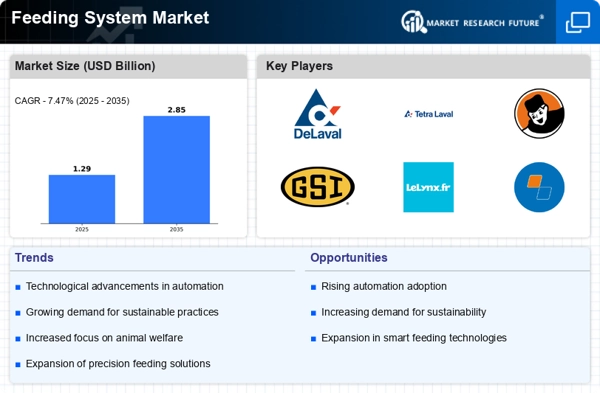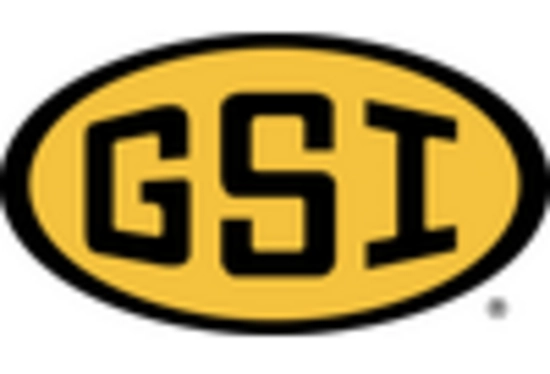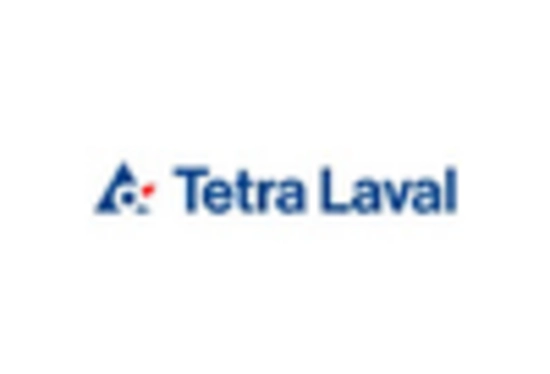Market Share
Feeding System Market Share Analysis
In the dynamic landscape of the Feeding System Market, market share positioning strategies are pivotal for companies aiming to establish a strong foothold and stay competitive. One primary strategy involves product differentiation. Companies strive to distinguish their feeding systems from competitors by incorporating unique features, such as advanced technology, improved efficiency, or specialized applications. This differentiation not only attracts customers seeking innovative solutions but also contributes to brand loyalty, as consumers recognize and value the distinct advantages offered by a particular feeding system.
Furthermore, pricing strategies play a crucial role in market share positioning. Some companies opt for a cost leadership approach, positioning their feeding systems as cost-effective without compromising on quality. This strategy aims to capture a significant market share by appealing to price-sensitive customers. Conversely, others may adopt a premium pricing strategy, emphasizing the superior quality, advanced features, or exceptional performance of their feeding systems. This approach targets a niche market segment that values premium products and is willing to pay a higher price for added benefits.
Market segmentation is another key strategy in the Feeding System Market. Companies identify specific target markets based on factors such as geography, livestock type, or farm size. By tailoring their products to meet the unique needs of these segments, companies can better address the diverse requirements of different customers. For example, a feeding system designed for small-scale poultry farms may differ from one intended for large-scale dairy operations. This targeted approach allows companies to optimize their resources and marketing efforts, ultimately enhancing their market share within specific segments.
Strategic partnerships and collaborations also play a significant role in market share positioning. Companies may form alliances with suppliers, distributors, or even research institutions to strengthen their market presence. Collaborative ventures enable access to new technologies, expanded distribution networks, and shared resources, fostering a more competitive position in the market. These partnerships can also facilitate the development of comprehensive solutions that address various aspects of animal nutrition and farming practices.
Brand positioning is a critical element in the Feeding System Market, influencing customer perception and preference. Companies invest in building a strong brand image by emphasizing factors such as reliability, durability, and customer support. Positive brand associations contribute to customer trust and loyalty, ultimately influencing their choice when selecting feeding systems. Effective branding also enables companies to command a premium for their products, further enhancing their market share positioning.
Innovation is a driving force in the Feeding System Market, and companies that invest in continuous research and development gain a competitive edge. Developing cutting-edge technologies, such as smart sensors, automation, and data analytics, allows companies to offer solutions that align with the evolving needs of farmers and livestock producers. By staying ahead of technological trends, companies can position themselves as industry leaders and capture a larger share of the market.
Lastly, a comprehensive marketing and communication strategy is essential for effective market share positioning. Companies need to communicate the unique value propositions of their feeding systems through various channels, including digital marketing, trade shows, and industry publications. Building awareness and visibility in the market helps create a positive perception among potential customers, influencing their decision-making process and contributing to the company's overall market share.








Leave a Comment